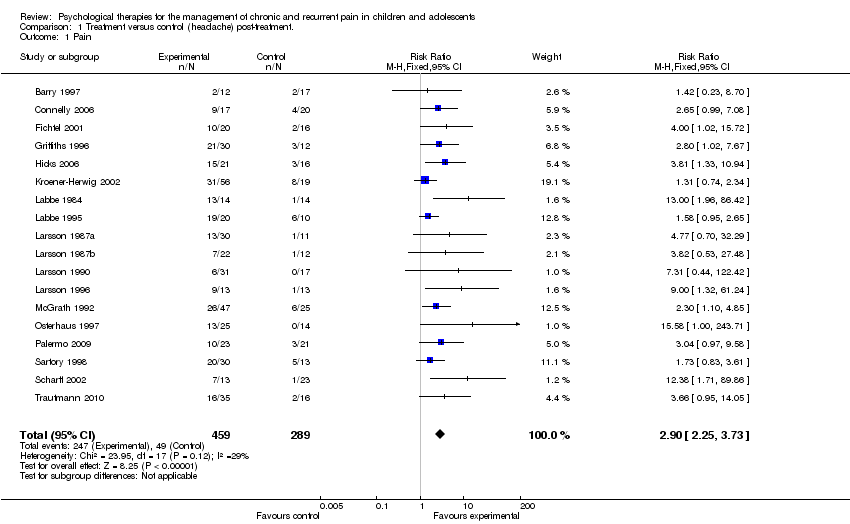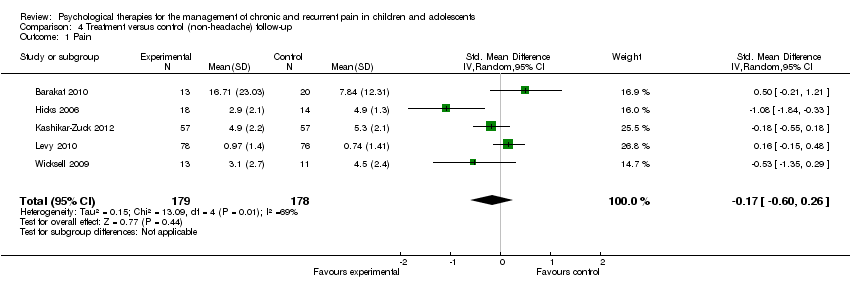Contenido relacionado
Revisiones y protocolos relacionados
Emma Fisher, Emily Law, Joanne Dudeney, Tonya M Palermo, Gavin Stewart, Christopher Eccleston | 1 octubre 2018
Emma Fisher, Emily Law, Joanne Dudeney, Christopher Eccleston, Tonya M Palermo | 2 abril 2019
Christopher Eccleston, Emma Fisher, Lorraine Craig, Geoffrey B Duggan, Benjamin A Rosser, Edmund Keogh | 26 febrero 2014
Amanda C de C Williams, Emma Fisher, Leslie Hearn, Christopher Eccleston | 14 agosto 2020
Emily Law, Emma Fisher, Christopher Eccleston, Tonya M Palermo | 18 marzo 2019
Christopher Eccleston, Leslie Hearn, Amanda C de C Williams | 29 octubre 2015
Philip J Wiffen, Sheena Derry, R Andrew Moore, Eija A Kalso | 10 abril 2014
Louise Sharpe, Joanne Dudeney, Amanda C de C Williams, Michael Nicholas, Ingrid McPhee, Andrew Baillie, Miriam Welgampola, Brian McGuire | 2 julio 2019
Sally Bennett, Amanda Pigott, Elaine M Beller, Terry Haines, Pamela Meredith, Christie Delaney | 24 noviembre 2016
Kathryn A Birnie, Melanie Noel, Christine T Chambers, Lindsay S Uman, Jennifer A Parker | 4 octubre 2018
Editoriales
Christopher Eccleston, Phil Wiffen, Sheena Derry, Andrew Moore | 31 mayo 2013


















